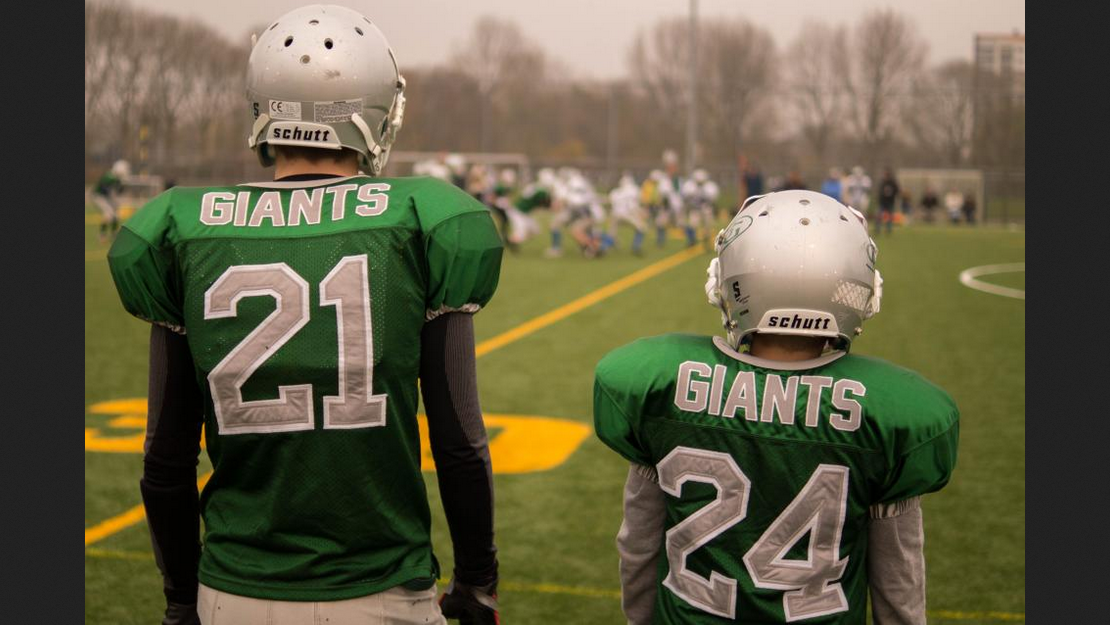American Football was derived from early versions of soccer and rugby football, both of which originated from the United Kingdom, mid-1800s. Both soccer and rugby, and thus American football, have the objective of kicking the ball to a goal or over a line. Similar to soccer, American football also involves twenty-two players on the field. Terms such as "fullback" and halfback," which refer to positions, were also derived from the soccer sport. American football resulted from a major divergence from the rules of rugby football, as instituted by Walter Camp, considered to be the "Father of American Football."
The Father of American Football
Walter Camp instituted the rules of American football in 1879. Born April 17, 1859 in New Haven, Connecticut, Walter Camp studied medicine and business in Yale from 1976 to 1882. He was a man of many talents, being an author, director of the Pecks Brother Company, and chairman of the board for the New Haven Clock Company. He was also the head advisory football coach and general athletic director at Yale from 1888 to 1914, as well as chairman of the Yale football committee. He had a major role in the evolution of American Football from the game of Soccer and Rugby, as we know the sport today. Chief to Walter Camp's influence in changing the rules of the game was William Ebb Ellis, a student in an English Rugby School who was the first person known for picking up the soccer ball during a game and running with it towards the goal. It was in the Massosoit Convention in 1876 when the first attempt of establishing the rules for American football was made. Walter Camp edited the rulebook until his last days in 1925.
Newly Established Rules
The important changes that were made by Walter Camp to establish American Football as a sport include the down-and-distance and line of scrimmage rules. He also standardized the scoring system using a numerical scoring and created the interference, safety, penalties, and neutral zone. He also established the rule that one side had undisputed possession of the ball until the ball is given up due to the said team's violations. He also created the center and quarter-back positions, the forward pass, and the eleven on a team instead of fifteen. By the late 19th and early 20th centuries, further developments to the rules of American Football were made by college coaches such as Knute Rockne, Amos Alonzo Stagg, Eddie Cochems, and Glenn "Pop" Warner.
Going Pro
By the first half of the 20th century, college football became more popular than rugby football and soccer. Bowl games, an inter-collegiate competition attracted a national audience, bolstering fierce rivalries among college football teams. The American Professional Football Association was soon formed in 1920 and two years later was changed to the National Football League (NFL), which became the major league of American Football. Today, there are numerous Pro American Football teams representing different states such as the Denver Broncos, Detroit Lions, Green Bay Packers, and New York Giants.
The Father of American Football
Walter Camp instituted the rules of American football in 1879. Born April 17, 1859 in New Haven, Connecticut, Walter Camp studied medicine and business in Yale from 1976 to 1882. He was a man of many talents, being an author, director of the Pecks Brother Company, and chairman of the board for the New Haven Clock Company. He was also the head advisory football coach and general athletic director at Yale from 1888 to 1914, as well as chairman of the Yale football committee. He had a major role in the evolution of American Football from the game of Soccer and Rugby, as we know the sport today. Chief to Walter Camp's influence in changing the rules of the game was William Ebb Ellis, a student in an English Rugby School who was the first person known for picking up the soccer ball during a game and running with it towards the goal. It was in the Massosoit Convention in 1876 when the first attempt of establishing the rules for American football was made. Walter Camp edited the rulebook until his last days in 1925.
Newly Established Rules
The important changes that were made by Walter Camp to establish American Football as a sport include the down-and-distance and line of scrimmage rules. He also standardized the scoring system using a numerical scoring and created the interference, safety, penalties, and neutral zone. He also established the rule that one side had undisputed possession of the ball until the ball is given up due to the said team's violations. He also created the center and quarter-back positions, the forward pass, and the eleven on a team instead of fifteen. By the late 19th and early 20th centuries, further developments to the rules of American Football were made by college coaches such as Knute Rockne, Amos Alonzo Stagg, Eddie Cochems, and Glenn "Pop" Warner.
Going Pro
By the first half of the 20th century, college football became more popular than rugby football and soccer. Bowl games, an inter-collegiate competition attracted a national audience, bolstering fierce rivalries among college football teams. The American Professional Football Association was soon formed in 1920 and two years later was changed to the National Football League (NFL), which became the major league of American Football. Today, there are numerous Pro American Football teams representing different states such as the Denver Broncos, Detroit Lions, Green Bay Packers, and New York Giants.






































No comments:
Post a Comment